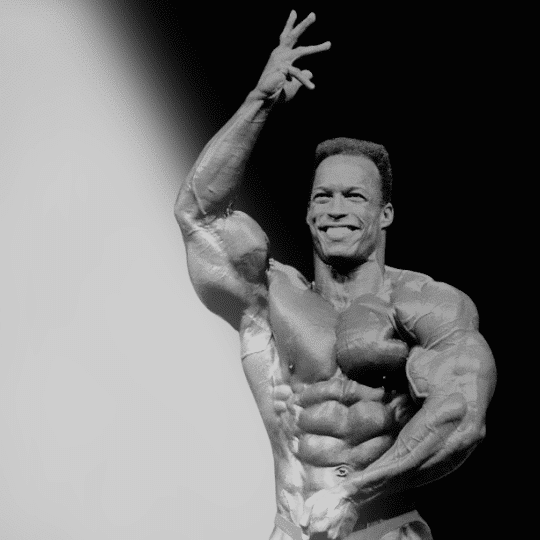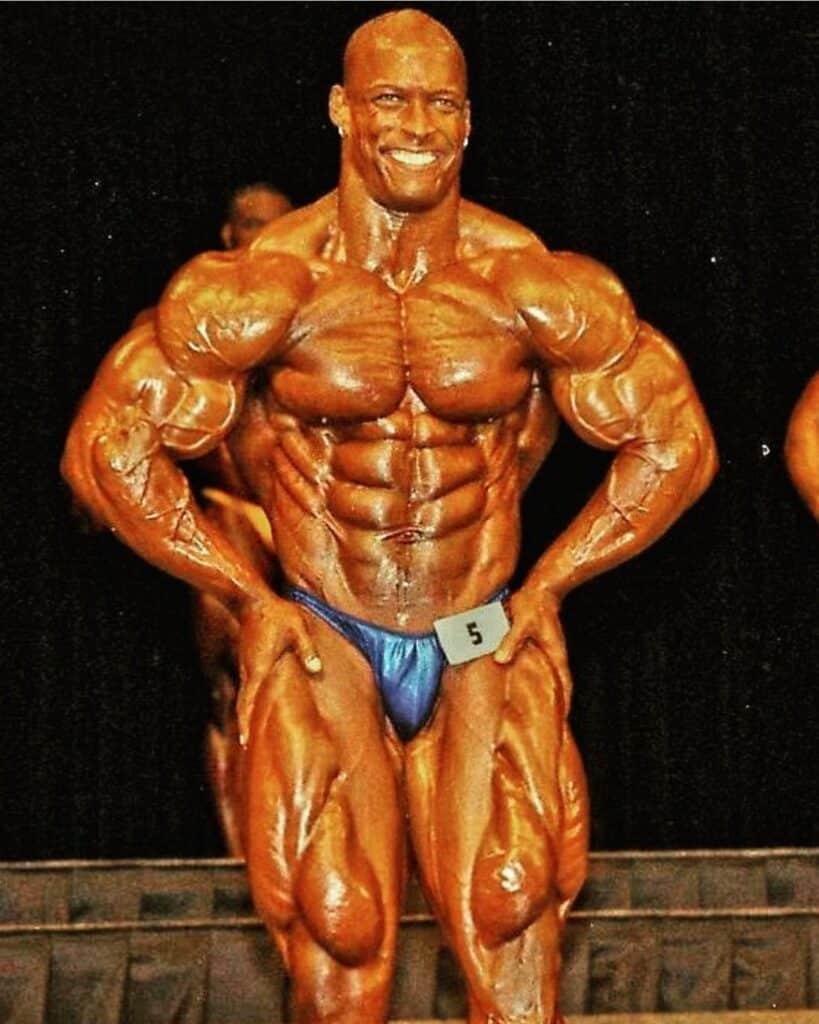Discover the Golden Era of Bodybuilding
Dive into the Legends and Culture that Shaped The Golden Era
In the realm of fitness and physique, the Golden Era of bodybuilding stands as an iconic period that continues to inspire generations of athletes, artists, and enthusiasts.
Spanning from the 1960s to the 1980s, this era marked a profound transformation in the sport, ushering in a wave of dedication, discipline, and aesthetics that created enduring legends.
From Arnold Schwarzenegger to Shawn Ray, these pioneers sculpted not only their bodies but also a cultural movement that resonates to this day.
The Rise of Icons
At the heart of the Golden Era were individuals who would become legends, each contributing to the sport’s growth in unique ways.
Arnold Schwarzenegger, a charismatic Austrian with a magnetic presence, catapulted bodybuilding into mainstream consciousness.
His journey from a small town to international fame showcased the dedication and unwavering commitment required to thrive in this era.
Shawn Ray, a Hall of Fame legend, brought an unmatched level of symmetry and aesthetic appeal to the stage, exemplifying the artistry and elegance that defined the era.

Cultural Impact and Aesthetics
The Golden Era was characterized by a distinct emphasis on aesthetics and symmetry, transforming bodybuilding into an art form. Athletes pursued a balanced and harmonious physique, where each muscle group complemented the others.
This was a departure from previous eras, which prioritized sheer mass over proportionality.
The appeal of the Golden Era lay in its representation of the human form as a masterpiece, drawing parallels with classical sculptures and redefining notions of physical beauty.
Training Philosophy and Discipline
Central to the success of the Golden Era athletes was their unwavering commitment to training and discipline. Training routines were meticulously designed, focusing on compound movements and progressive overload to achieve both size and definition.
The emphasis was on quality over quantity, with rest and recovery playing an equally crucial role.
This era posed a significant question: How can one push the limits of the human body while respecting its limits?
Nutrition and Supplementation
The Golden Era also marked a turning point in nutritional practices and supplement usage. Athletes began to understand the role of nutrition in fueling performance and muscle growth.
High-protein diets, along with well-balanced macronutrient ratios, became the norm. Supplements, though not as advanced as today, were integrated strategically to bridge nutritional gaps. This era’s athletes paved the way for the nutritional science that underpins modern bodybuilding practices.
Contests and Camaraderie
Bodybuilding contests during the Golden Era were not just displays of muscular prowess but showcases of artistry and dedication.
Competitions like Mr. Olympia became iconic platforms for athletes to present their sculpted bodies in elaborate choreography, set to music that resonated with their themes.
The camaraderie among competitors was evident, as they pushed each other to new heights while respecting the effort each individual invested.
This sense of community and shared passion posed the question: How can competition and camaraderie coexist?

Legacy and Enduring Influence
As the Golden Era drew to a close, its impact on the world of fitness and culture remained profound. Its icons, training philosophies, and emphasis on aesthetics continue to shape contemporary bodybuilding.
The legacy of this era prompts us to question how we can honor tradition while embracing innovation. How can the principles that defined the Golden Era be integrated into today’s evolving fitness landscape?
Reflection and Future
Looking back, the Golden Era of bodybuilding was more than just a time of muscle and sweat. It was an era of self-discovery, discipline, and artistic expression.
The lessons it offers are not confined to the gym; they are about pushing boundaries, embracing aesthetics, fostering camaraderie, and consistently seeking improvement.
As we navigate a fitness landscape transformed by technology and new scientific insights, we can’t help but wonder: How can we blend the wisdom of the past with the opportunities of the future?
The Distinctive Contrast: The Golden Era of Bodybuilding vs. Today
The landscape of bodybuilding has evolved significantly since the Golden Era, undergoing transformations influenced by changing societal attitudes, advancements in sports science, and shifts in cultural preferences. The contrast between the Golden Era and today’s bodybuilding scene is marked by several distinct differences.
1. Aesthetics vs. Mass
GOLDEN ERA:
The Golden Era was characterized by a strong emphasis on aesthetics and symmetry. Athletes aimed to sculpt a balanced physique where muscle groups harmonized, creating a visually pleasing appearance akin to classic sculptures.
TODAY:
Modern bodybuilding often places more importance on sheer mass and size. The pursuit of extreme muscular development has led to a departure from the aesthetic ideals of the Golden Era, with some competitors sacrificing proportionality for bulk.
2. Training Philosophy
GOLDEN ERA:
Training routines during the Golden Era were characterized by compound movements, balanced muscle development, and a focus on quality over quantity. Athletes emphasized controlled lifting and proper form.
TODAY:
Training methodologies have become more scientific and personalized, incorporating advanced techniques like periodization, functional training, and biomechanical analysis. The advent of technology has allowed for more precise tracking of progress and performance.
3. Nutrition and Supplementation
GOLDEN ERA:
Nutrition was essential during the Golden Era, but the understanding of macronutrients and micronutrients was less refined. Athletes adhered to high-protein diets and balanced nutrition to fuel their performance and recovery.
TODAY:
Nutritional science has greatly advanced, leading to tailored diets that cater to specific goals and body types. Supplementation has become more sophisticated, with athletes using a wide range of products to enhance recovery, muscle growth, and overall health.
4. Contest Presentation
GOLDEN ERA:
Bodybuilding contests of the Golden Era were marked by choreographed routines that showcased an athlete’s physique and personality. These performances added an artistic element to the sport.
TODAY:
While posing routines remain a crucial aspect, modern bodybuilding competitions often emphasize individual mandatory poses and comparisons. The focus is on presenting muscle definition and mass, with less emphasis on the artistic aspect of presentation.
5. Social and Cultural Impact
GOLDEN ERA:
The Golden Era of bodybuilding had a significant impact on popular culture, with icons like Arnold Schwarzenegger transcending the sport to become mainstream celebrities. The era’s ideals of aesthetics and discipline resonated with a broader audience.
TODAY:
While modern bodybuilding continues to inspire and attract followers, its reach might not be as extensive as during the Golden Era. The sport now shares space with a broader array of fitness trends and disciplines, which can dilute its cultural impact.
6. Fitness Industry and Media
GOLDEN ERA:
The Golden Era existed in a time when media coverage was limited to magazines, documentaries, and a few televised events. The sport’s allure grew through these selective portrayals.
TODAY:
The advent of the internet and social media has democratized information and visibility. Athletes can share their journeys and insights directly with a global audience, enabling greater engagement and interaction within the fitness community.
Conclusion: Bridging the Gap
While the differences between the Golden Era of bodybuilding and today’s scene are evident, there remains a bridge between these two eras – a shared dedication to pushing the limits of human potential.
The Golden Era set the stage for modern bodybuilding, influencing training techniques, nutrition practices, and even contest formats.
Inspiring interviews with Shawn Ray and Golden Era Legends
Ronnie Coleman
John Brown
Competing in Bodybuilding vs. Powerlifting.
”His discipline is very strong – so to beat him is very difficult.”
Tom Prince
Mike Ashley
“The guys from the 90’s was the best group of guys bodybuilding ever seen.”
What is so different?
